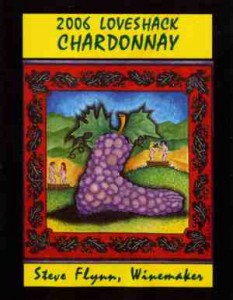Review by Forrest Whitman
History – February 2009 – Colorado Central Magazine
Death of a Gunfighter – The Quest for Jack Slade, the West’s Most Elusive Legend
by Dan Rottenberg
Published in 2008 by Westholm
ISBN 978-1-59416-070-7
NOW AND AGAIN a book of western history comes along that captures an era and clears up many a mystery; Death of a Gunfighter is such a book.
In 1859, when Jack Slade came upon the scene along the Overland Trail, the country was headed for Civil War, and the East depended on that trail for any hope of keeping California in the Union. Indian raids — and raids by desperadoes dressed as Indians — plagued the route.
Jules Beni of Julesburg fame (a French Canadian also referred to as Jules Reni) reigned over the key division point where the trail branched south to Denver. But Jules regularly siphoned off the profits of the Central Overland, Leavenworth and Pike’s Peak Express Company.
Times were tough for the route, but J.A. Slade came along and made it work — and not just for the original stage company, but later for the Pony Express as well. Under the Buchanan administration, political will favored the southern route run by Butterfield stages, so it took determined men to keep the northern route open. As the superintendent of the central district, J. A. Slade, the law west of Kearney, kept the trail open.
But Slade’s accomplishments have not always been looked upon with unmitigated admiration. Was Slade the horrible bad man depicted by Mark Twin in Roughing It? Did he really kill over thirty men? Was he directly responsible for burning out a rancher, and leaving the man’s children to die of exposure on the open plains? Or was Slade the man who insisted on adopting the one little boy who escaped that massacre, little Jemmy?
Slade most certainly did kill a drover named Andrew Ferrin, but was Charles M. Russell’s famous painting of the event true to life? Russell’s painting is entitled ” Laughed At For His Foolishness and Shot Dead by Slade.” More likely Ferrin was refusing orders given by Slade and was therefore killed as an example to other drovers.
Slade could be reasonable at times. Instead of simply killing Jules Beni and cleaning up the division point at Julesburg, he allowed Jules to go free with the promise never to return. But Jules came back and shot Slade, then left him for dead. Whereupon Slade recovered and ordered the death of Jules, which happened soon enough. Then, adding to his formidable reputation, Slade cut off the ears of the dead Jules and carried them for years as a talisman.
Clearly Slade saved the Overland line, but in the end he was fired because of his drunken exploits. But the enigma and the legend continued.
We know that some of the Slade legend is accurate. Before vigilantes killed him in 1864, Slade became more and more of an outlaw, as Rottenberg’s book proves. Slade’s formidable wife Virginia, for whom Virginia Dale north of Fort Collins is named, tried to keep him from his destructive binges, but to no avail. Even in death he was an enigma. He met his end in Virginia City, Montana, a town he often terrorized, but it is the very same town he saved from starvation by conducting a daring winter-time freight drive.
The beauty of this book is the manner in which it brings life on the Overland Trail alive. Rottenberg has captured the feel of the old way stations; the complexity of the men who lived that primitive life; even the amazingly tough nature of the women who serviced that route. At each point in the story, he shows Slade’s life in context with the coming Civil War and the intrigue in Washington D. C. over mail contracts.
Colorado history is always fascinating, but this book captures an especially vital chapter. Rottenberg must have spent years doing research, and comes as close as possible to capturing the true Jack Slade.
I read a lot of western and Colorado history, but have seldom wished a book would not end. This time, I was saddened by the approach of that final chapter. In 388 pages Rottenberg never mises a beat.

